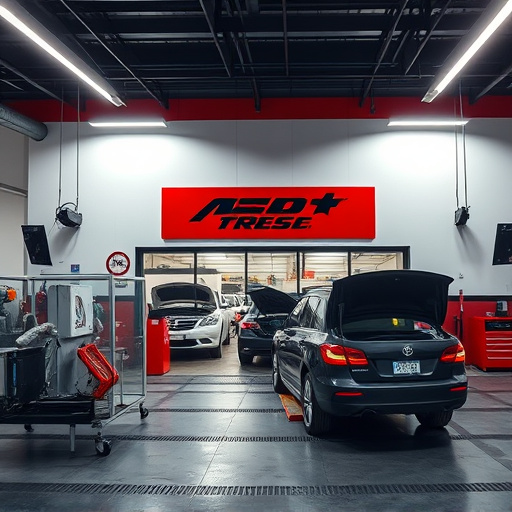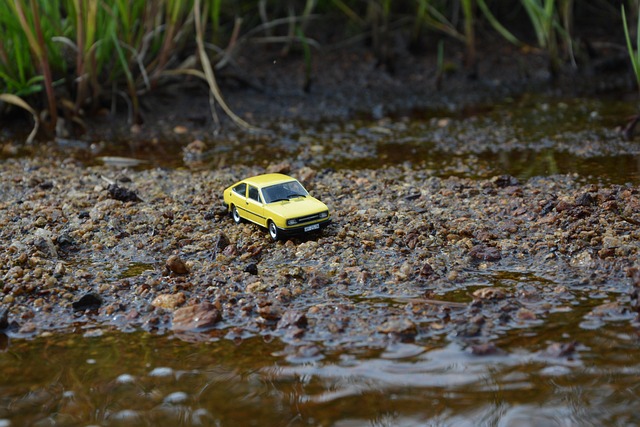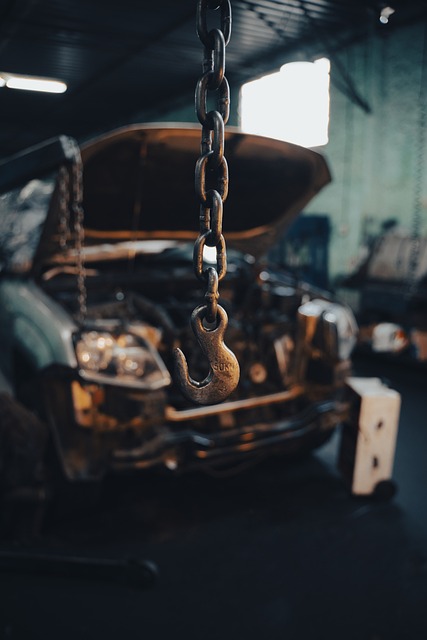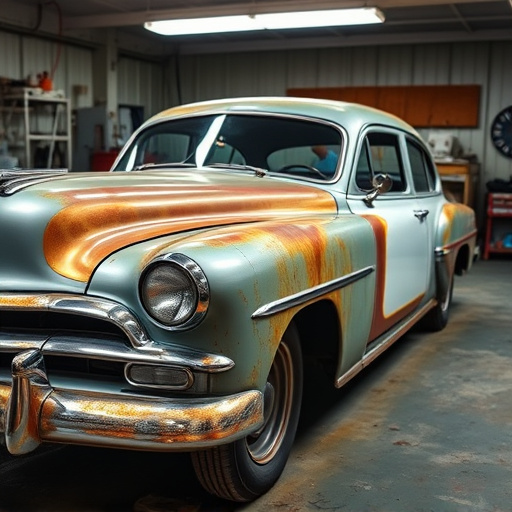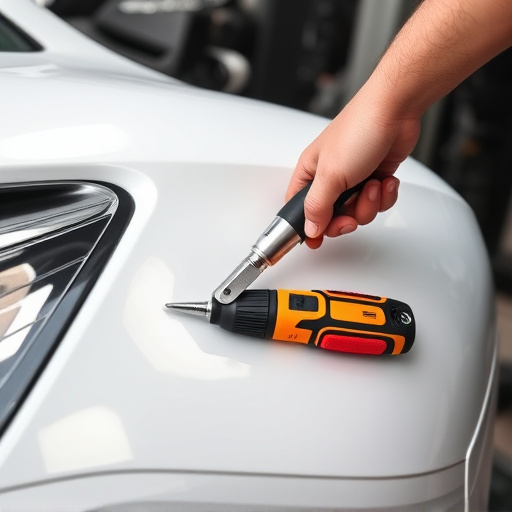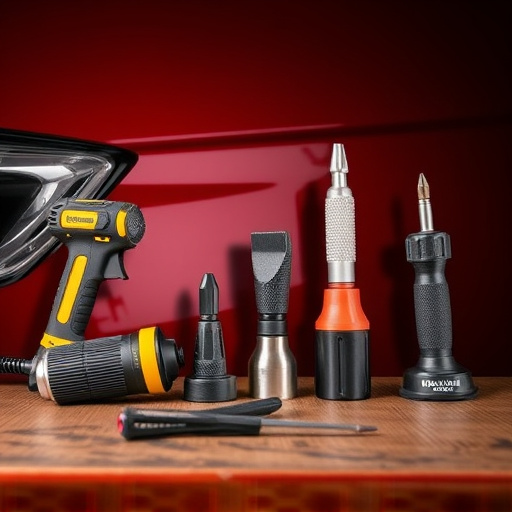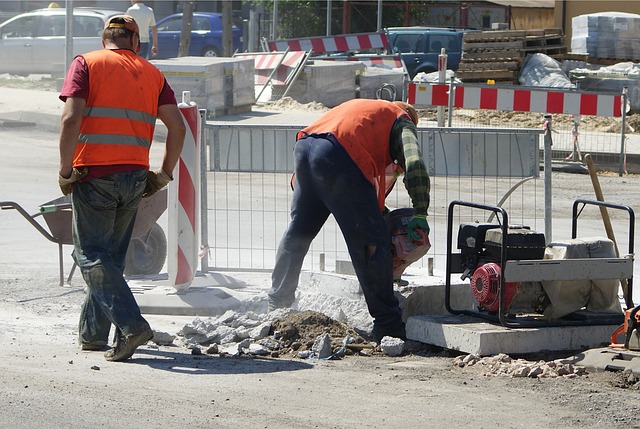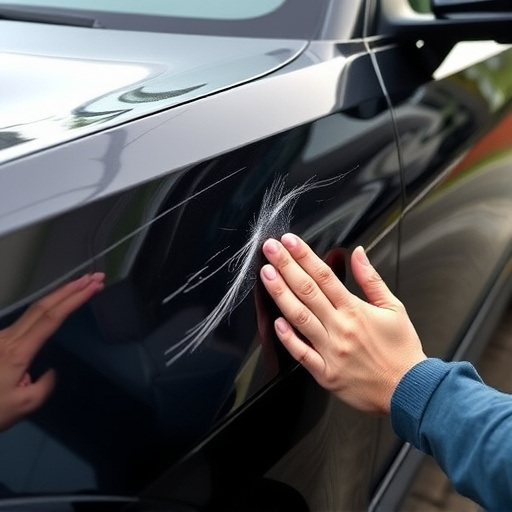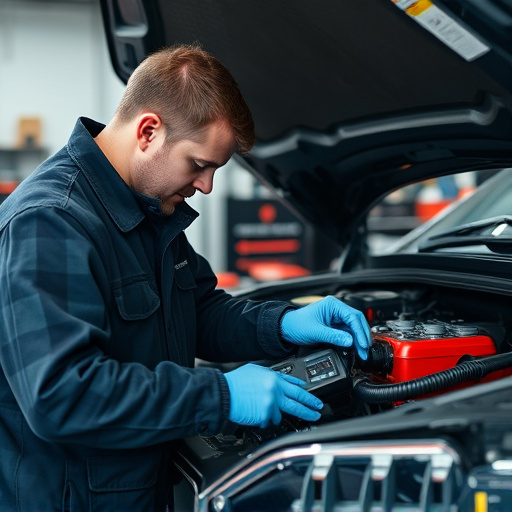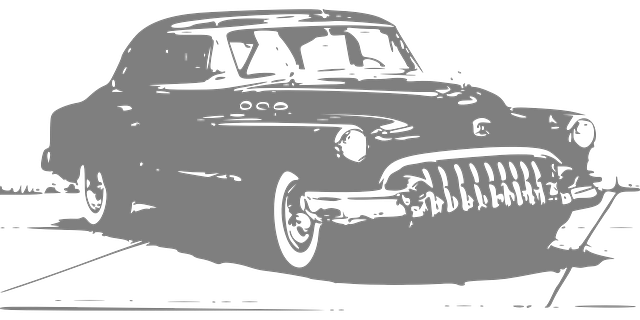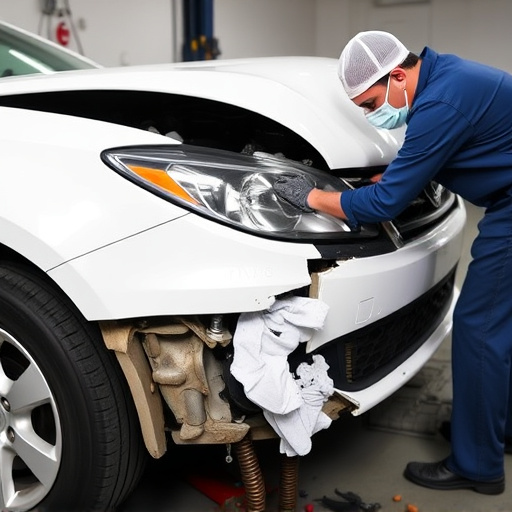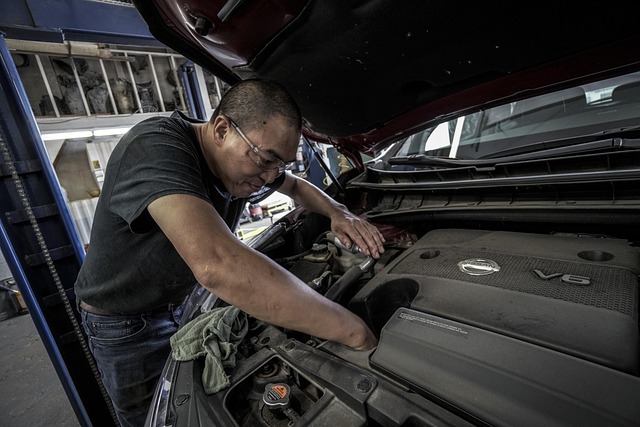Proper surface preparation, including cleaning, dent repair, and using recommended adhesives, is vital for successful plastic panel repairs/replacements in vehicles or structures, ensuring durability and aesthetic appeal. Regular washing, drying, waxing, and inspections extend the life of these repairs through protection against water damage and UV rays, maintaining panel aesthetics and value. Specialized tools and high-quality products are crucial for precise installation to prevent water intrusion and corrosion.
Maintaining plastic panels after a repair or replacement is crucial for ensuring longevity and preserving your space. Before installing new panels, prepare surfaces thoroughly by cleaning and patching any damage. Securely fasten and seal replacements using appropriate adhesives for a durable fit. Regular cleaning with mild detergents and avoiding harsh chemicals prevent buildup. Periodically inspect for signs of wear and tear, addressing issues promptly. These steps ensure your plastic panels remain functional, vibrant, and integral parts of your environment.
- Prepare Surfaces Before Installing New Panels
- Securely Fasten and Seal Replacement Panels
- Regular Cleaning and Maintenance Tips for Longevity
Prepare Surfaces Before Installing New Panels

Before installing new plastic panels, it’s crucial to prepare the surfaces properly. This involves thoroughly cleaning the area to remove any dirt, grease, or debris that could impede adhesion. A simple mixture of mild soap and warm water, followed by a rinse and dry, is effective for most cases. For damaged areas like dents or scratches, consider using a dent repair kit specifically designed for plastic. These kits often include a filler and primer to smooth out imperfections and ensure a solid base for the new panel. In the event of severe damage, such as extensive cracking or large holes, professional vehicle paint repair techniques might be necessary to restore the surface before installing the plastic panel replacement.
Once the surface is ready, it’s essential to apply the appropriate adhesive according to the manufacturer’s instructions. This step is critical for achieving a strong bond between the new panel and the existing structure. Proper preparation ensures that the plastic panel repair or replacement lasts longer, maintains its aesthetic appeal, and contributes to the overall safety and integrity of your vehicle or structure.
Securely Fasten and Seal Replacement Panels
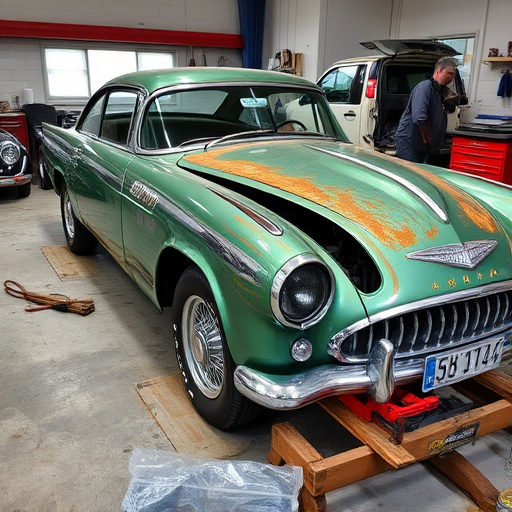
When replacing plastic panels on vehicles—whether it’s a dent repair or a complete collision center replacement—it’s crucial to ensure that the new panels are securely fastened and sealed. Begin by cleaning the area thoroughly, removing any debris or old adhesive residue. Next, apply a high-quality sealant around the edges of the panel, creating a tight seal against the vehicle’s surface. Utilize specific tools designed for plastic panel repair to achieve a strong bond, making sure the panel is aligned precisely. This meticulous process prevents water intrusion and corrosion, ensuring the longevity of the replacement parts in both auto body repair and cosmetic transformations.
Regular Cleaning and Maintenance Tips for Longevity
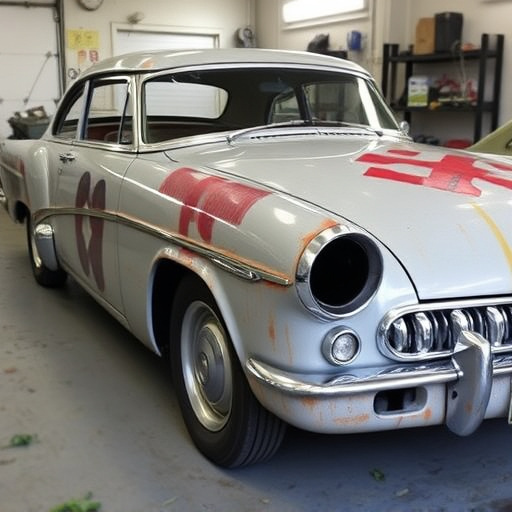
Regular cleaning and maintenance are essential for prolonging the lifespan of your newly repaired or replaced plastic panels. These panels, often used in modern vehicle designs, require special care to maintain their appearance and integrity. Start by regularly washing your vehicle at a reputable collision repair center or body shop service to remove dirt, grime, and environmental pollutants that can accumulate on the surface. Use a mild soap and warm water, avoiding harsh chemicals or abrasive cleaners that could damage the panel’s finish.
After washing, thoroughly dry the plastic panels with a microfiber towel to prevent water spots and staining. Additionally, applying a high-quality wax or sealant can provide extra protection against UV rays, scrapes, and minor bumps. This step is crucial, especially for those in regions with harsh weather conditions. Regularly inspecting your plastic panels for any signs of damage, cracks, or fading is also vital. Early detection allows for prompt action, whether it’s a simple touch-up job or another round of vehicle paint repair to maintain the overall aesthetics and value of your vehicle.
Maintaining plastic panels after a repair or replacement is key to ensuring longevity and preserving their aesthetic appeal. By preparing surfaces thoroughly before installation, securely fastening and sealing replacement panels, and implementing regular cleaning practices, you can keep your plastic panels looking like new for years to come. These simple steps will help you navigate the process of plastic panel repair and replacement effectively.
